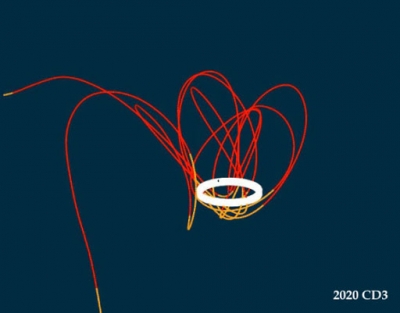
Jupiter has 79 known moons; Saturn has 53 moons and 29 awaiting confirmation; Uranus has 27 and Neptune has 14. Even our neighbour Mars has two moons. And if you have ever felt disheartened that our our planet Earth has only one moon, while some planets have many, it is time to rejoice, albeit temporarily.
Late last month, astronomers announced that they have discovered a ‘mini-moon’, a car-sized object, orbiting the Earth. They have named it ‘2020 CD3’ for now. But this is not the type of moon that will illuminate the night sky, or be visible to the naked eye, It will not even stay there forever. Due to the instability of its path through space, the object will likely leave the Earth’s orbit sometime in April.
What exactly is this object? Let’s find out in this week’s Five Ws & One H.
Astronomers discovered a mysterious object orbiting the Earth using a 1.52-meter telescope at Mount Lemmon Observatory near Tucson, Arizona, on February 15. The Minor Planet Center, an international body that tracks asteroid discoveries, announced the find on February 25.
At first, astronomers thought the object could be a piece of junk such as a dead satellite. But as data trickled in, many realised that it was not an artificial object. It is most likely a near-Earth asteroid. (To say conclusively, astronomers would need powerful telescopes to view it.)
Asteroids are space rocks that orbit the Sun. But this asteroid orbits the Earth and that makes 2020 CD3 special. Acxcording to astronomers, it is most likely that the object was circling the Sun, when the Earth’s gravity snatched it into its orbit sometime in 2017. Since the asteroid whirls around a planet (Earth), it can be called a moon or a natural satellite. As its size is small, astronomers call it mini-moon.
Who made the discovery?
The discovery was made by Kacper Wierzchos and Theodore Pruyne, researchers for the Catalina Sky Survey (CSS). The CSS is a NASA-funded project at the University of Arizona’s Lunar and Planetary Laboratory in Tuscon, Arizona. Here researchers track near-Earth objects that could be potentially hazardous to the planet.
Picture Credit : Google
